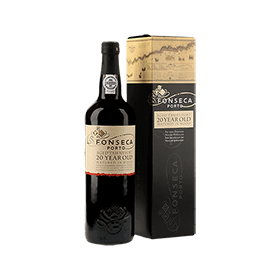Free Ground Shipping on all instock orders from $450 | See conditions

Port Wines
Port wines: Fortified treasures in a wide array of styles. Port wine comes from Portugal’s Douro Valley, a UNESCO World Heritage site. It is either bottle-matured (Ruby, LBV, Vintage) or barrel-aged...Read More
Products (5)

$19.99
$19.99 / Unit
In stock. Available for pick-up at store

$34.99
$34.99 / Unit
In stock. Available for pick-up at store

$59.99
$59.99 / Unit
In stock. Available for pick-up at store

$34.99
$34.99 / Unit
In stock. Available for pick-up at store

$59.99
$59.99 / Unit
In stock. Available for pick-up at store